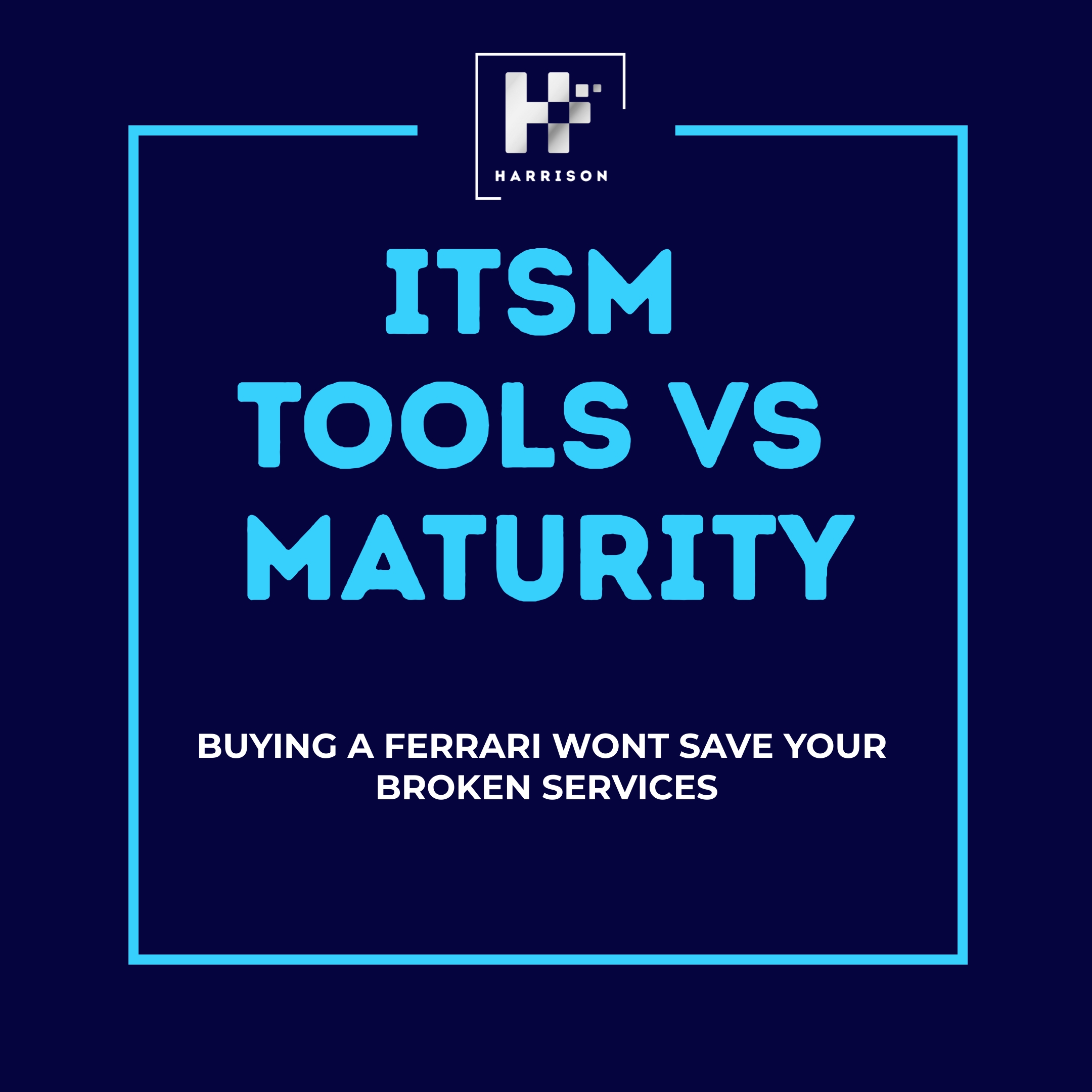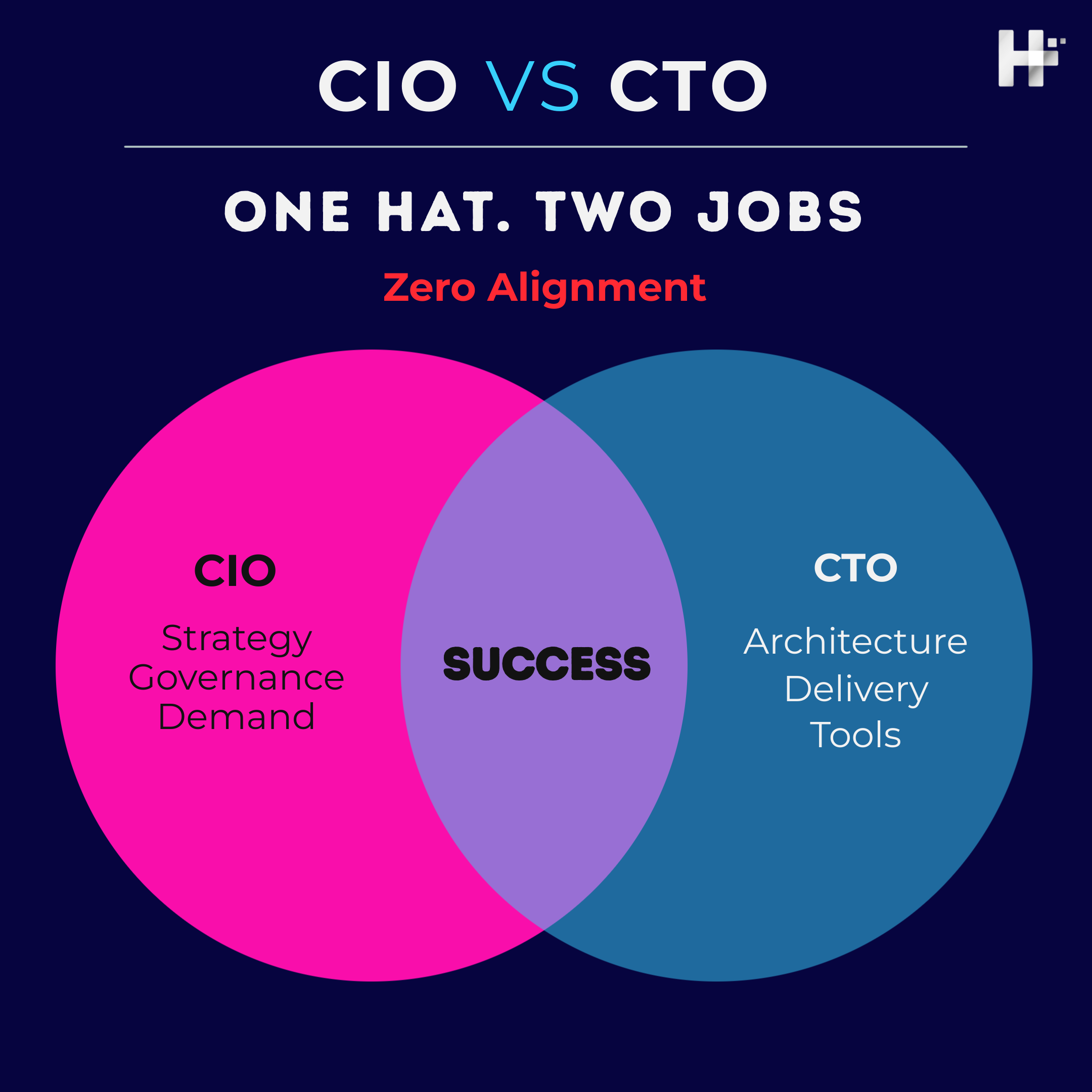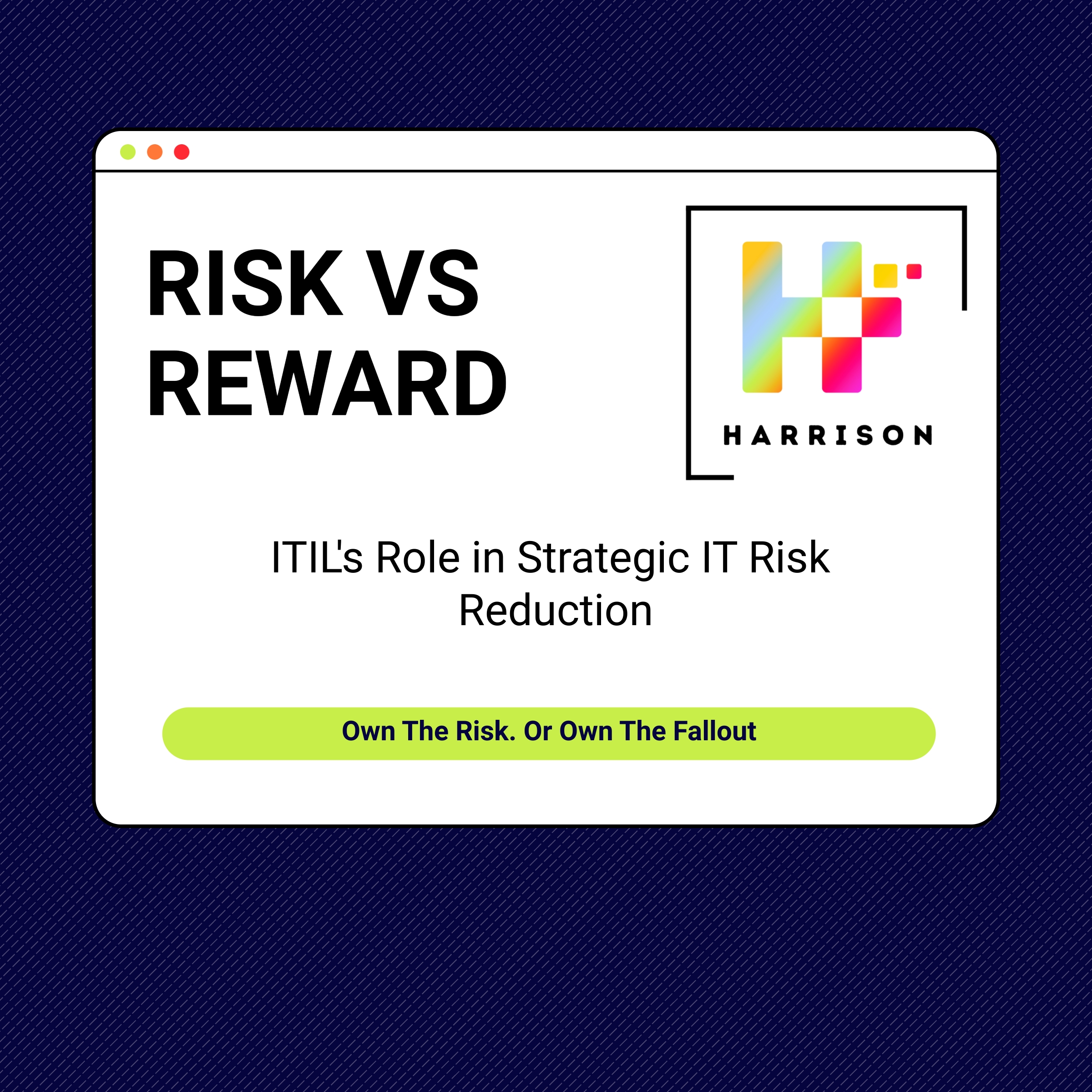Case Study: From One Practice Review to $5M in Savings
How a Free Incident Management Assessment Uncovered Enterprise-Wide IT Gaps and Delivered $5M in Savings
Client Background
A global financial services organisation with 20,000+ employees, operating in heavily regulated markets across Europe and North America. IT was critical for trading, compliance, and customer experience.
The Starting Point
The CIO was unconvinced of the value of another “consultancy report.” To test our approach, we began with a free maturity assessment of a single practice — Incident Management.
What the Pilot Revealed
The one-practice assessment exposed critical weaknesses that resonated with the CIO:
-
Reactive firefighting: 78% of incidents had no documented root cause.
-
No automation: 60% of incidents were manually triaged, with long MTTR.
-
Poor metrics: Success was measured only by “ticket closure,” not business impact.
-
People reliance: Key incident managers were single points of failure.
These insights were hard evidence. The CIO immediately mandated a full IT maturity assessment across all IT practices and functions.
Our Approach: Scaling to the Larger IT Maturity Assessment
We assessed 12 IT practices across People, Process, and Tools, aligned to ITIL maturity models. This included:
-
Workshops with service owners, process managers, and IT leadership.
-
Maturity scoring against five levels (1 = ad-hoc, 5 = optimised).
-
Gap analysis to highlight fragmentation and duplication.
-
Tool and contract reviews to quantify wasted spend.
Findings – The Tangible Gaps
The expanded assessment highlighted the key following challenges:
People
-
Practice ownership unclear: 14 practices had no accountable owner for its success
-
Role duplication: Multiple “change approvers” across regions, leading to slow CAB decisions.
-
Skills gap: No trained Problem Managers or even Analysts, despite repeat incidents.
- People in the wrong place: Event Management seen as a tooling exercise and no one actually leading, tuning or even remediating.
Process
-
Incident Management: Manual handoffs between 4 tiers of support, extending resolution times.
-
Change Enablement: Inconsistent CAB practices — in one region, only 43% of changes were assessed for risk.
-
Service Level Management: SLAs were technical (e.g., server uptime) but not aligned to business outcomes (e.g., transaction success rates).
- Configuration Management: CI’s randomly owned and service mapping is ad-hoc
Tools
-
ITSM Sprawl: Five ITSM platforms/instances, each with separate license, support, and integration costs.
-
Monitoring Overlap: Three monitoring tools performing 70% of the same functions – all creating noise and sending to various dashboards
-
Knowledge Management: No central repository; duplicated articles across systems.
- Service Catalogue Management: Seen as a technical catalogue of IT components, not services that can be consumed.
How the Savings Were Made – $5M Identified
Our roadmap broke down the savings into People, Process, and Tools.
The savings targets have been ratified and agreed and now form part of the IT organisations 3 year plan.
People
-
Consolidated support tiers who were doing the same things globally → reduced incident handoffs by 30%.
-
Introduced dedicated Problem Manager roles → prevented recurrence of high-cost outages.
-
Clarified service ownership → eliminated duplicated effort across regions.
Estimated saving: $1.2M annually.
Process
-
Standardised Change Enablement globally → fewer failed changes, reducing unplanned downtime costs.
-
Introduced automation for incident triage → cut average MTTR by 25%.
-
Shifted from uptime-based SLAs to business-value SLAs → improved business alignment, reducing “false escalations.”
Estimated saving: $1.6M annually.
Tools
-
Consolidated five ITSM tools into one enterprise platform → licensing & support savings.
-
Retired redundant monitoring/licensing agreements → immediate cost reduction.
-
Built a single knowledge base → reducing duplicate tooling and knowledge silos.
Estimated saving: $2.4M annually.
Outcomes
-
Maturity uplift: Roadmap to raise IT maturity from Level 2 (Reactive) → Level 4 (Proactive) in 18 months.
-
Board-ready business case: Clear evidence for investment, tied to $5M savings.
-
Quick wins: Immediate savings from retiring redundant contracts within 3 months.
-
IT repositioned: From “expensive firefighters” to strategic enabler.
Client Perspective
“We thought IT was doing okay. The assessment gave us a brutally honest view — and a path forward. What began as a single practice review turned into a blueprint for $5M in savings and a stronger IT-business relationship.”
— CIO, Global Financial Services Firm
Key Takeaway for CIOs
Start small, but don’t stop there. Even a single practice assessment can expose the gaps. Scaling it across IT reveals the full picture — and the savings you’re leaving on the table.
Call to Action
We’re currently offering free IT Maturity Assessments for qualifying organisations.
👉 Book your assessment today
Follow us
Latest articles
December 10, 2025
December 10, 2025
December 10, 2025
December 10, 2025
December 10, 2025
December 10, 2025








